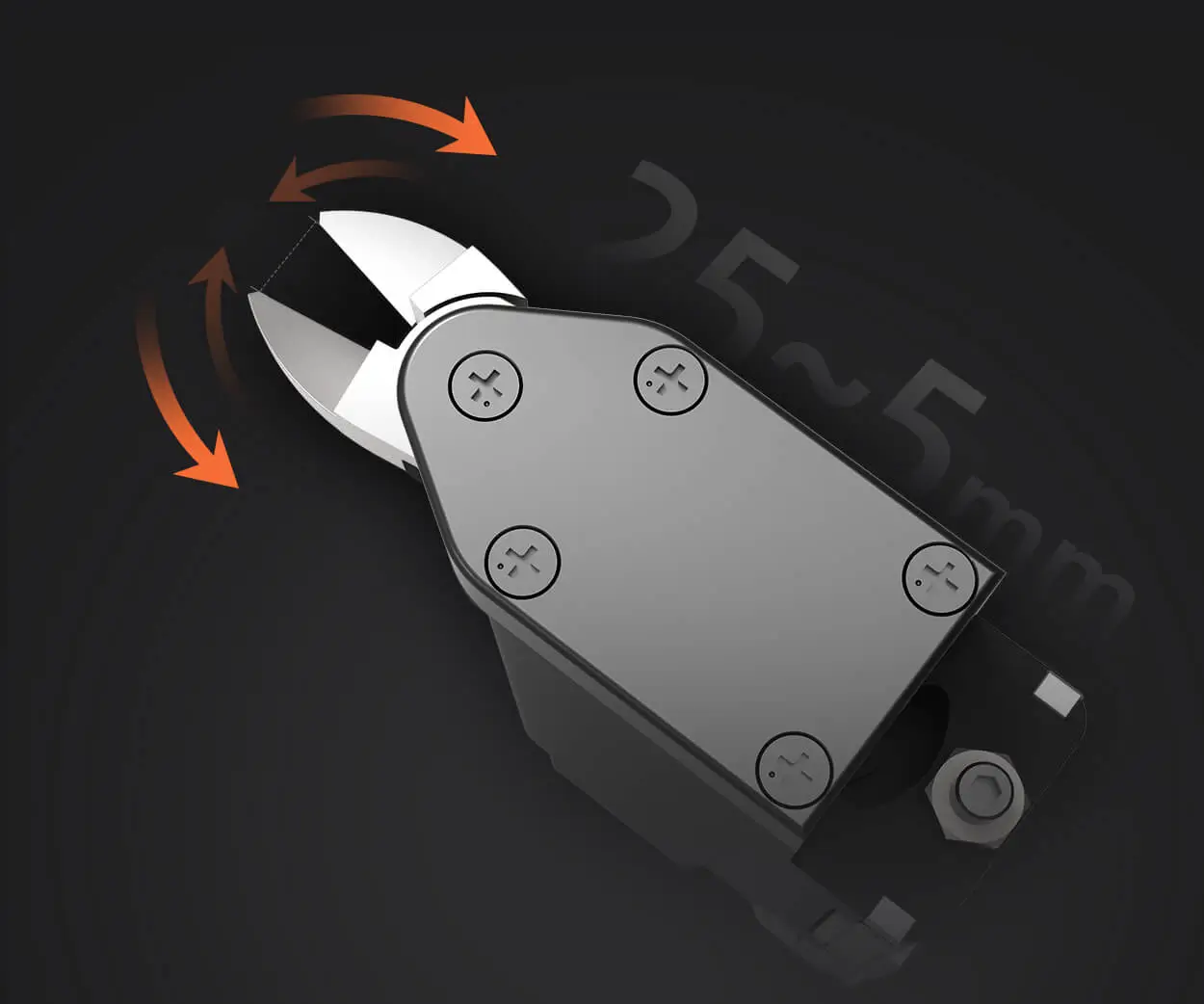Unlocking the Power of Precision: How Geared Motors and Sprockets Drive Modern Machinery
In the intricate dance of modern machinery, few components play as pivotal a role as geared motors and sprockets. These humble yet powerful parts are the backbone of countless systems—from conveyor belts in manufacturing plants to robotic arms in automotive assembly lines. They seamlessly translate raw electrical or mechanical energy into controlled, precise motion—fueling the engines of progress in industries worldwide.

The Heart of Mechanical Power Transmission
At its core, a geared motor combines a motor with a set of gears. This integration delivers not just movement, but the right movement, with the right force and speed. Think of it as a performer executing a perfect choreography, where the gears are the steps, and the motor is the rhythm. This harmony ensures machinery operates smoothly, consuming energy efficiently while maintaining maximum output.
Sprockets, on the other hand, are like the choreographers that coordinate the choreography across multiple dancers—except in this case, the dancers are belts or chains. When paired with chains or belts, sprockets synchronize motion between shafts, enabling complex, multi-axis systems to work in unison. They are essential in applications demanding high torque transmission over long distances with minimal slip or power loss.
Why Geared Motors? The Science Behind the Strength
Unlike simple motors, geared motors boast a thoughtfully designed gear train that modifies the motor's speed and torque. Depending on the gear ratio selected, you can achieve a setup that either increases torque at the expense of speed or maximizes speed with reduced torque. For instance, a high gear ratio (like 10:1) provides substantial torque for heavy-duty applications but slows down the motion, perfect for lifting or pressing operations. Conversely, a low gear ratio optimizes speed for conveyor belts or rotation systems.
The magic behind a geared motor lies in its versatility. Whether in robotics, conveyor systems, or medical devices, designers cherish their ability to deliver reliable, controlled power with a compact profile. The gears themselves are constructed from durable materials such as hardened steel or high-strength composites, ensuring longevity while withstanding harsh operational environments.
Sprockets: The Unsung Heroes of Power Transmission
In the realm of moving parts, sprockets excel where precision and durability are paramount. They function by engaging with a continuous chain or belt, transmitting rotary motion with minimal slippage—making them ideal for applications where timing and synchronization matter. For example, in clothing manufacturing, sprockets coordinate the motion of sewing machines, while in wind turbines, they help transfer rotational energy from blades to generators.
A key advantage of sprockets is their scalability. They come in a variety of sizes and tooth counts, allowing engineers to fine-tune gear ratios and, subsequently, the speed and torque of the system. Sprockets also feature teeth designed to mesh perfectly with chains—this meshing offers a secure grip that withstands substantial loads. Depending on the application, sprockets can be made from cast iron, steel, or even lightweight composites for performance and weight savings.
Combining the Two: The Ideal Power Solution
The combination of geared motors and sprockets forms a powerhouse duo capable of achieving complex motion control with remarkable efficiency. For example, in automated assembly lines, a geared motor might provide the necessary torque to lift or position items precisely, while sprockets coordinate the conveyor system's speed and timing. Together, they optimize workflow, reduce energy consumption, and extend the lifespan of the machinery.
Moreover, advancements in materials and manufacturing techniques continually improve the performance of these components. High-grade alloys and innovative coatings resist corrosion, reduce wear, and extend service life—ensuring machinery remains operational in demanding environments like oil and gas, mining, or food processing.
Understanding the Gear and Chain Ratios
A fundamental concept governing the effectiveness of geared motors and sprockets is the gear ratio. This ratio compares the number of teeth on the driving gear to the driven gear in a system. It directly impacts the output speed and torque. For example, a gear ratio of 5:1 implies that the gear driven by the motor turns five times slower than the motor's shaft, but with five times the torque.
Similarly, sprocket gear ratios determine the relationship between chain speed and pinion rotation. Adjusting sprocket sizes allows engineers to optimize machinery for specific tasks—maximizing power in one case and speed in another. Variable gear ratios and adjustable sprockets grant systems a versatile edge, enabling them to adapt to changing operational demands rapidly.
Choosing the Right Components
Selecting the appropriate geared motor and sprocket combination requires a clear understanding of the system’s demands. Key factors include load capacity, operational speed, duty cycle, environmental conditions, and space constraints. For high-torque, low-speed applications, a geared motor with a high gear ratio and a large sprocket might be appropriate. For rapid conveyor systems, a low gear ratio with smaller sprockets could achieve higher velocities.
Matching gear and sprocket materials to operational environments—like choosing corrosion-resistant alloys for outdoor or marine applications—is also vital. Maintenance considerations, such as ease of lubrication, accessibility, and replacement parts availability, should factor into decision-making processes.
Stay tuned for Part 2, where we'll dive deeper into innovative applications, recent technological advances, and tips for optimizing powered systems using geared motors and sprockets.
Kpower has delivered professional drive system solutions to over 500 enterprise clients globally with products covering various fields such as Smart Home Systems, Automatic Electronics, Robotics, Precision Agriculture, Drones, and Industrial Automation.




































